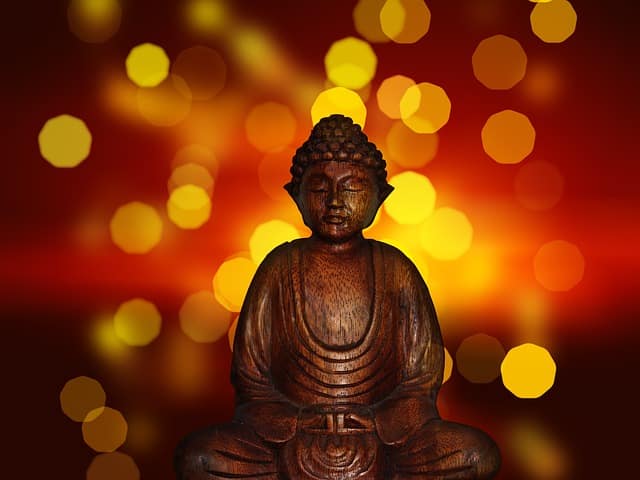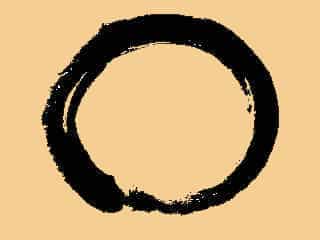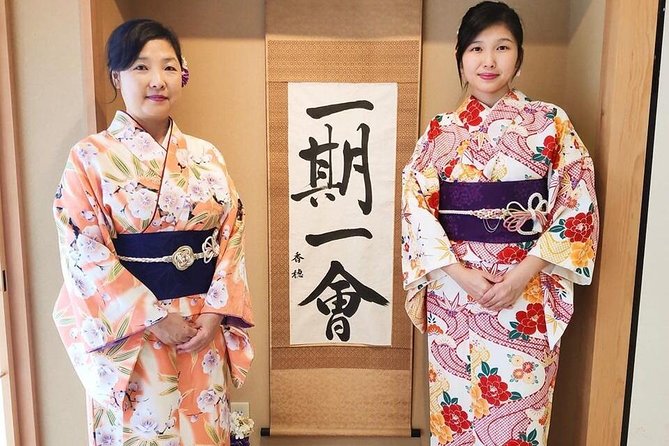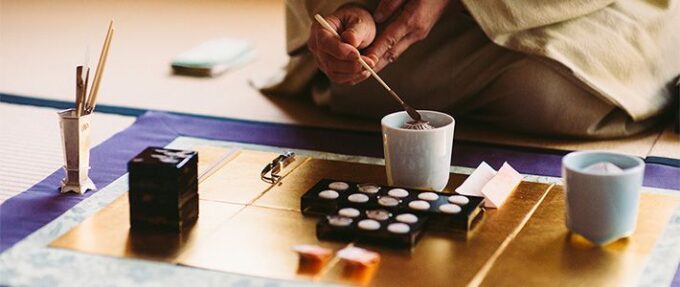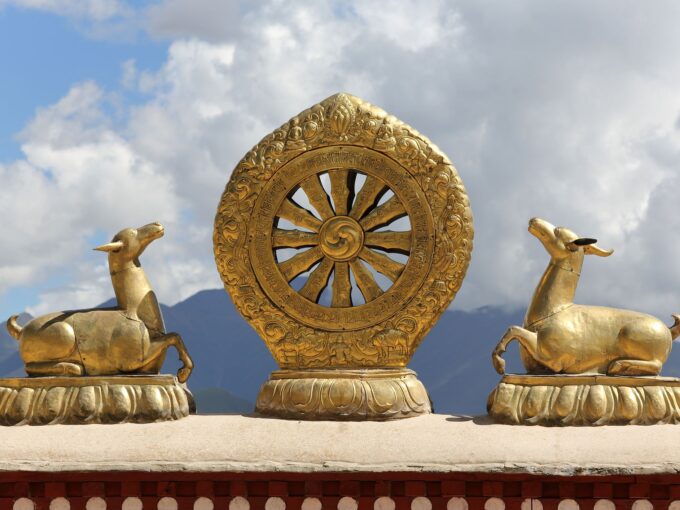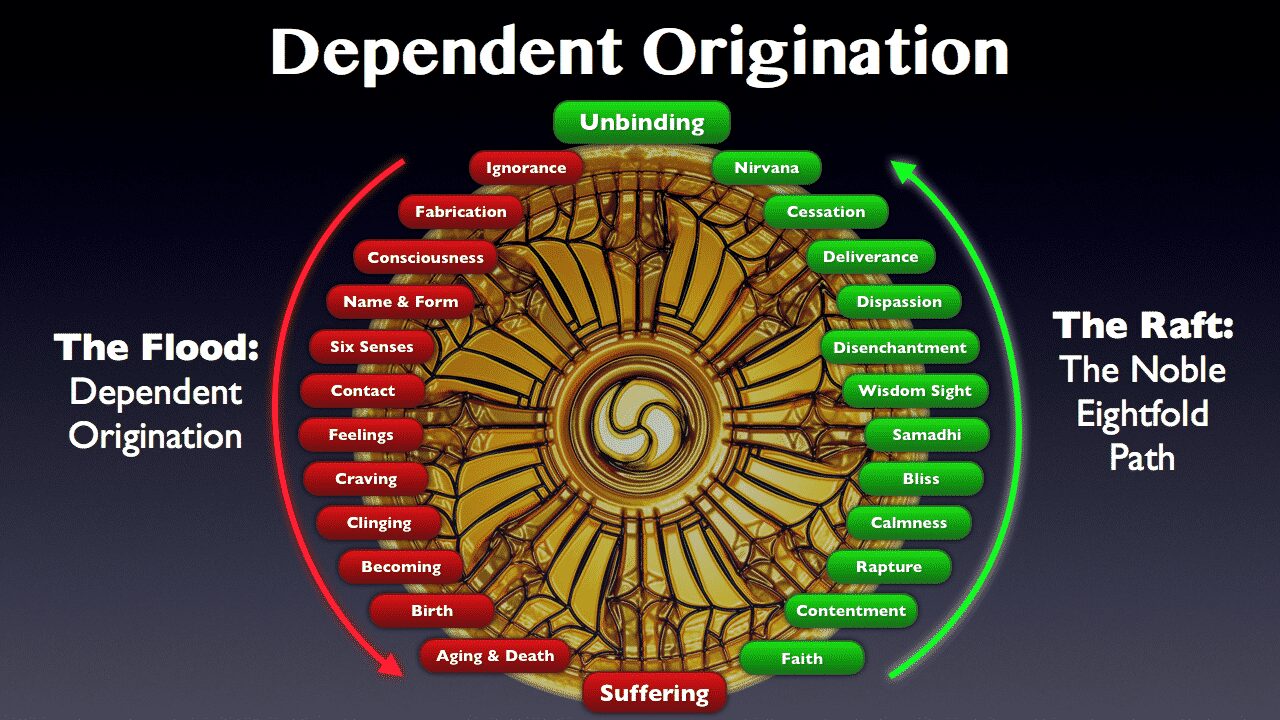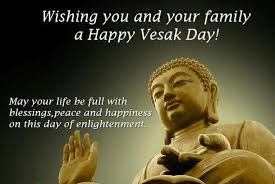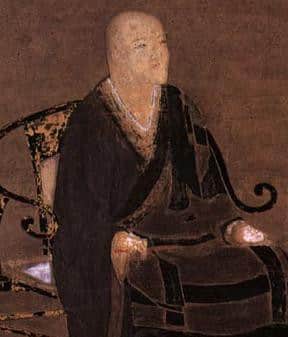Category: Events
For over two thousand years, Buddhists around the world have celebrated the Buddha‘s Birthday. Traditionally, his birth is supposed to have been in 623 BC but the Buddhist calendar …
Śūnyatā is a Sanskrit noun that derives from the adj. sūnya – ‘void’, Suññatā (Pāli; adj. suñña), Ku (Japanese), Śūnyatā holds the semantic field of “emptiness” and is the …
Cetasika = Ceta + s + ika is translated as “mental factors”, “mental states”, “mental events”, “concomitants of consciousness”, “mental concomitants”, “mental adjuncts”, “psychic factors”, etc. Cetasika, (adj.) means …
The kimono is representative of Japan’s culture and heritage, and there are different types of kimono worn to complement every season and occasion. Originally, “kimono” was the Japanese word …
Kōdō (“Way of Fragrance”) is counted as one of the classical Japanese arts of refinement, along with chadō (“The Way of Tea”), kadō (“The Way of Flowers”) and shodō …
AUM or OM (in Devanagari ॐ) is one of the most sacred symbols in Hinduism. In Sanskrit known as praṇava (प्रणव) lit. “to sound out loudly” or oṃkāra (ओंकार) lit. “oṃ syllable”) Hindus consider AUM …
The principle of dependent origination— paṭicca-samuppāda — is a defining characteristic of Buddhist philosophy. Paṭicca-samuppāda explains the core statement of the Buddha, that the causes of sorrow and the causes …
Whenever Gutei Osho was asked about Zen, he simply raised his finger. Once a visitor asked Gutei’s boy attendant, “What does your master teach?” The boy too raised his …
In 21 May 2016, Buddhists around the world are celebrating Vesak – the birth, Enlightenment, and passing away of the Buddha Gautama. The Vesak is one of the most …
Theravada Buddhism is sometimes called ‘Southern Buddhism’. The name means ‘the doctrine of the elders’ – the elders being the senior Buddhist monks. This school of Buddhism believes that …
